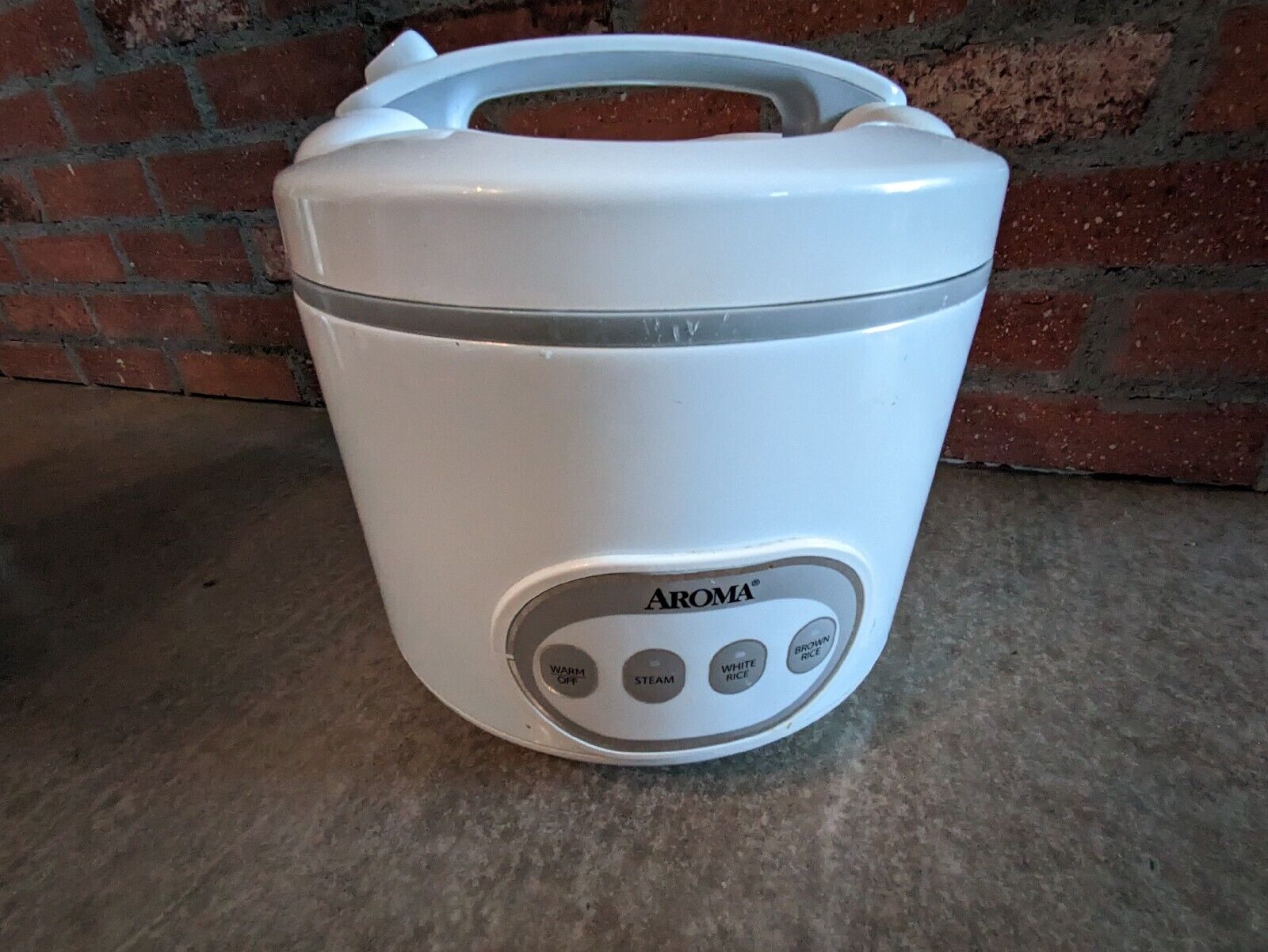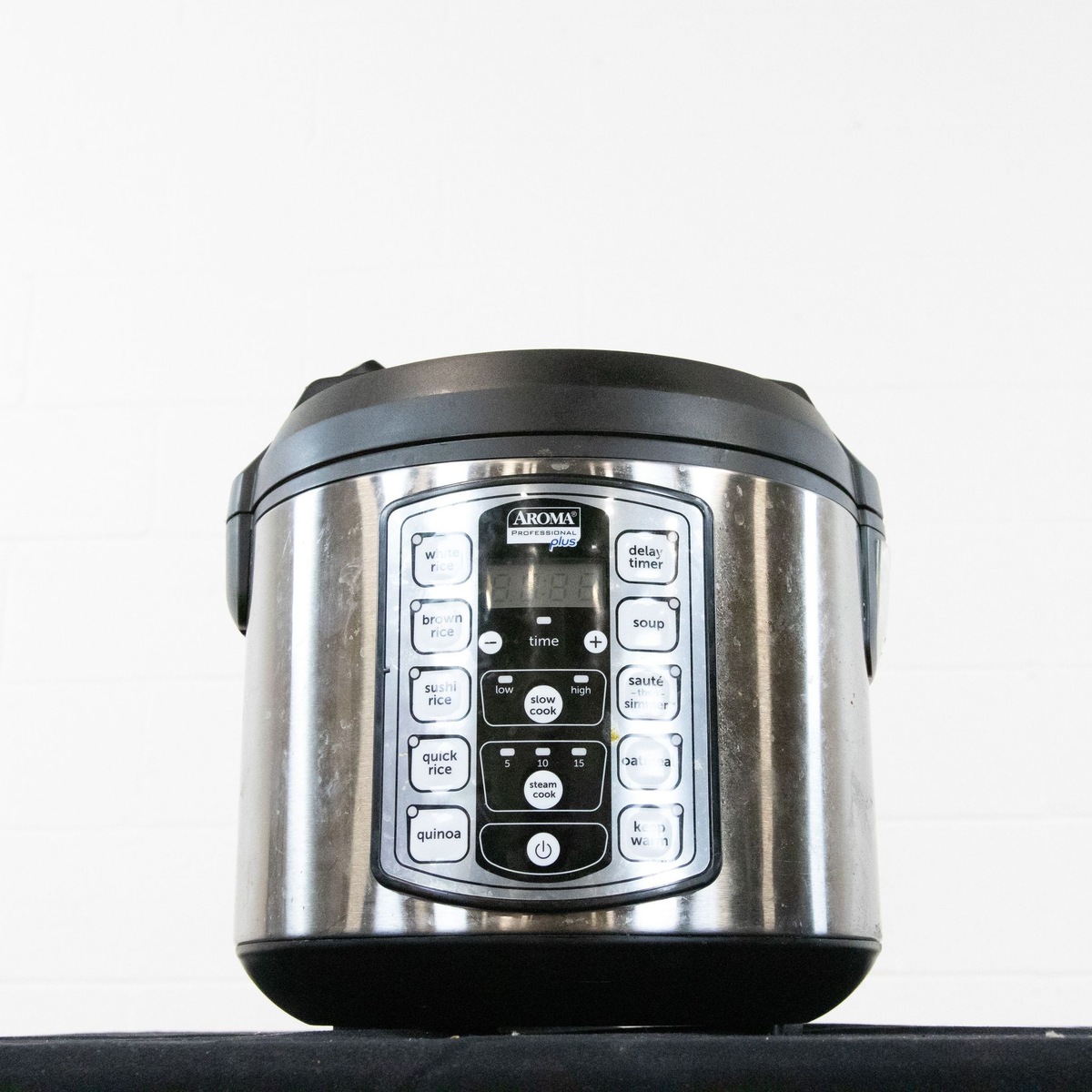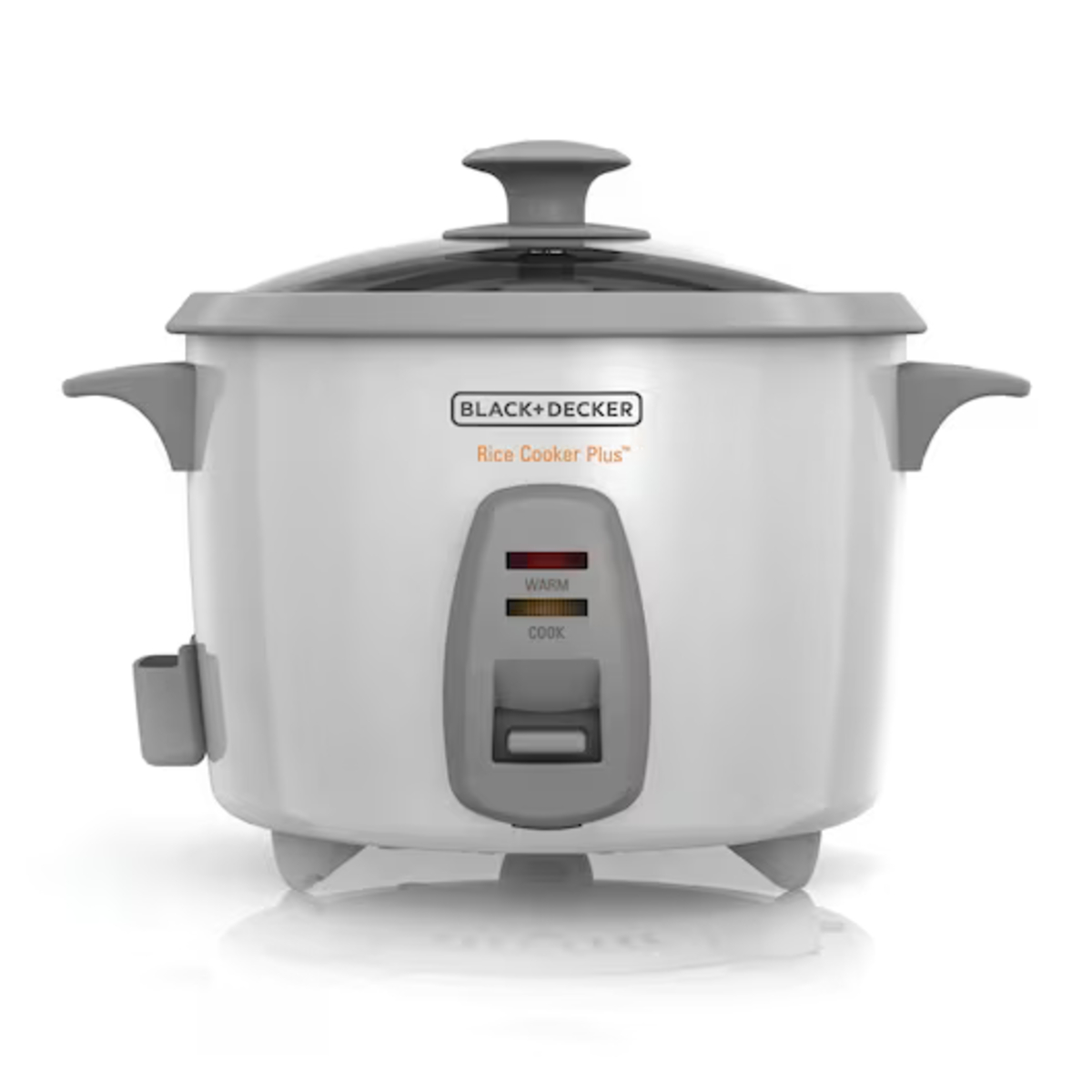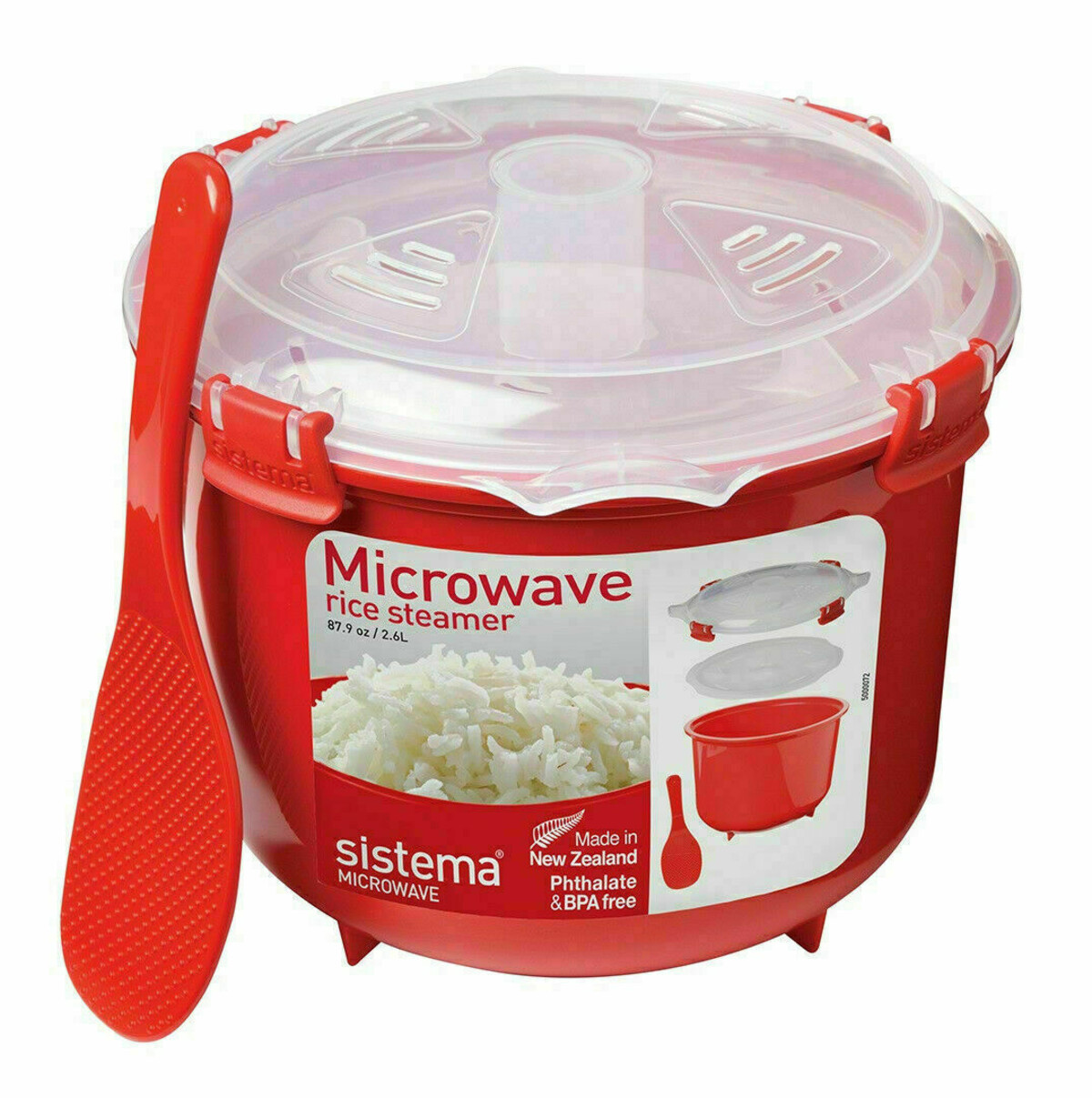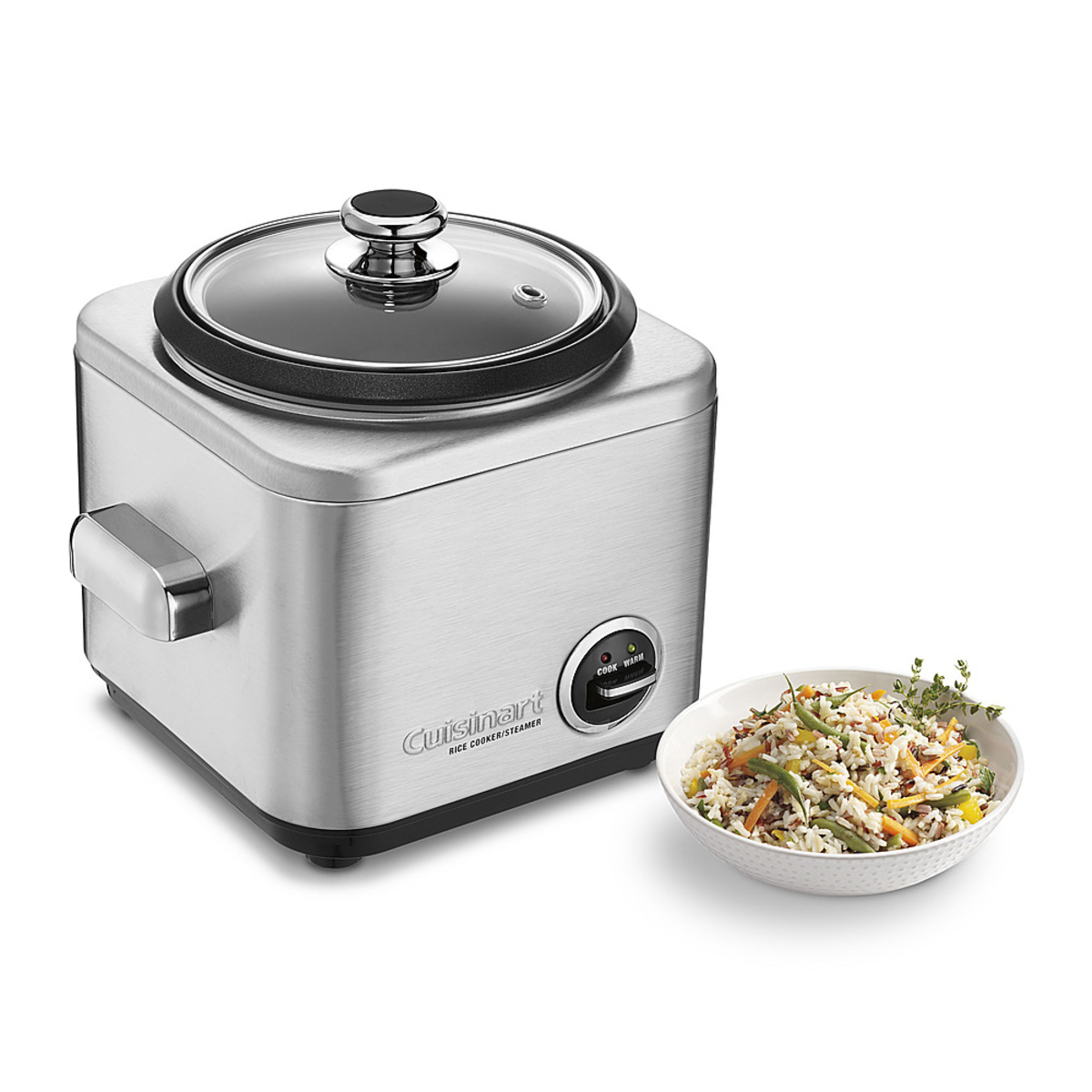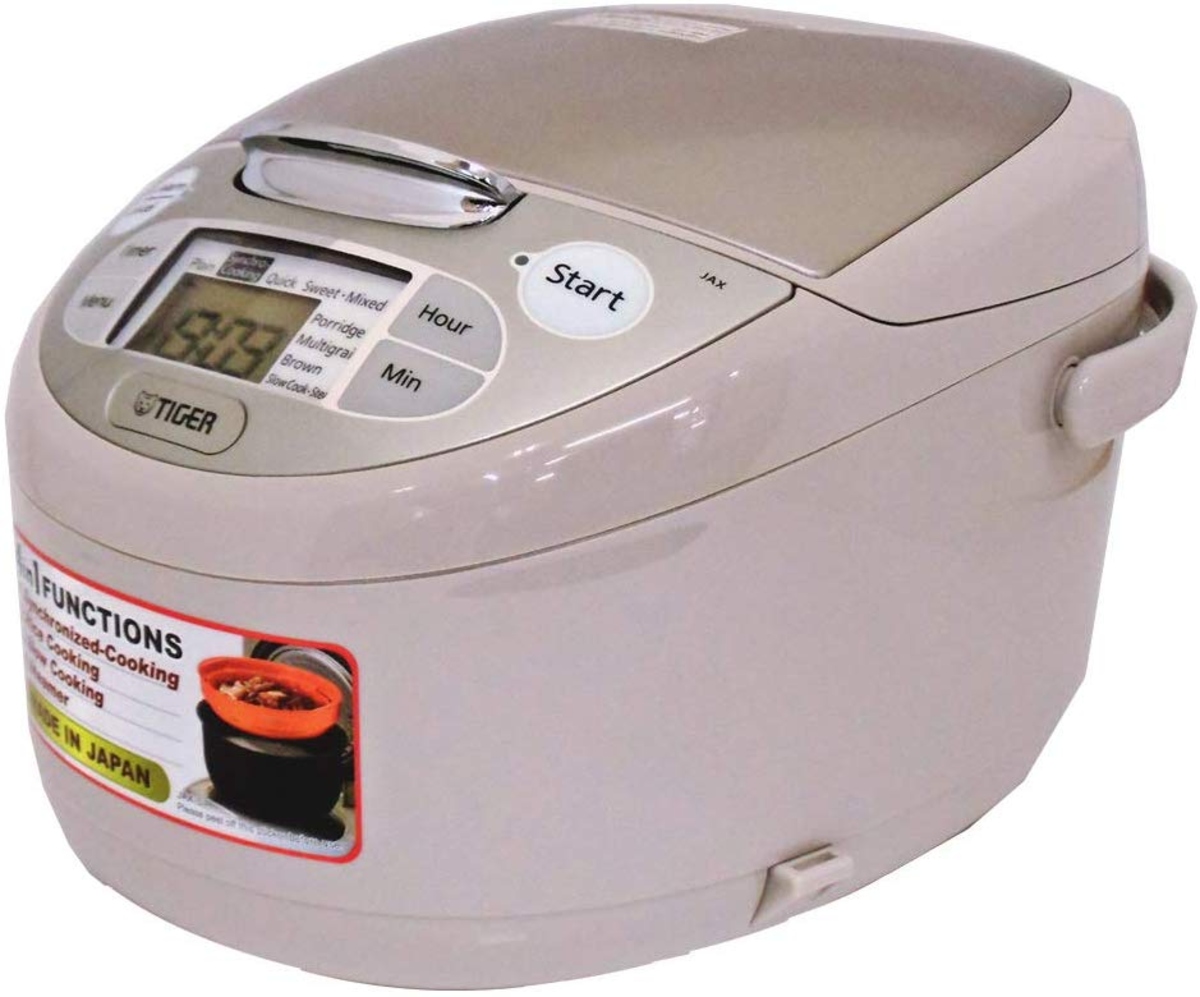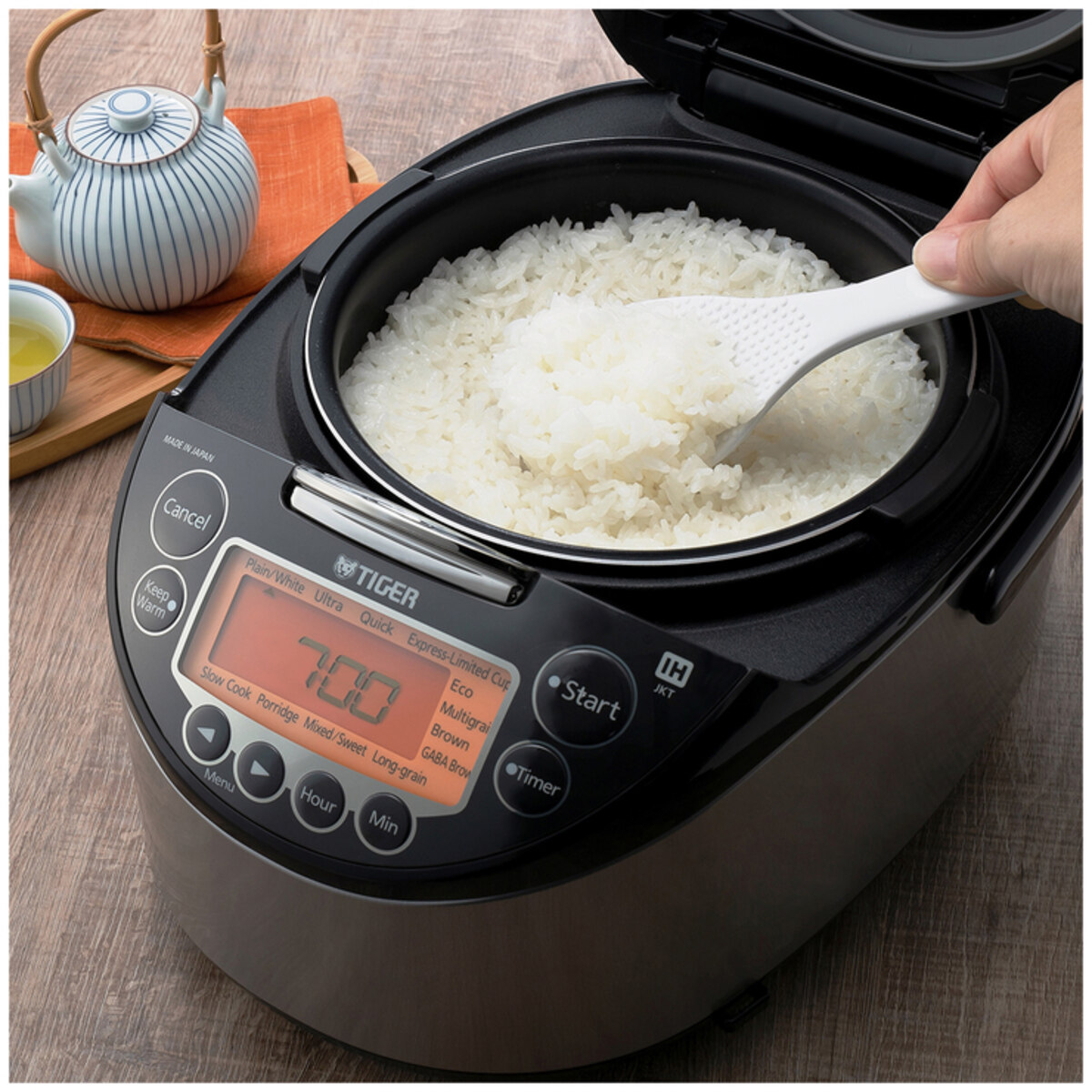Home> Cooking Rice
Cooking Rice Made Easy: Discover the Best Tips & Tricks!
Looking for the best tips and tricks for cooking rice? Discover how to make cooking rice easier with our expert advice and techniques!
11 Unbelievable Aroma Rice Cooker Professional Plus For 2024
By: Sophie Thompson • Articles
How Long To Cook Rice In A Tiger Rice Cooker
By: James Anderson • 100 Best Kitchen Furniture To Make Your Cooking Hassle-Free
